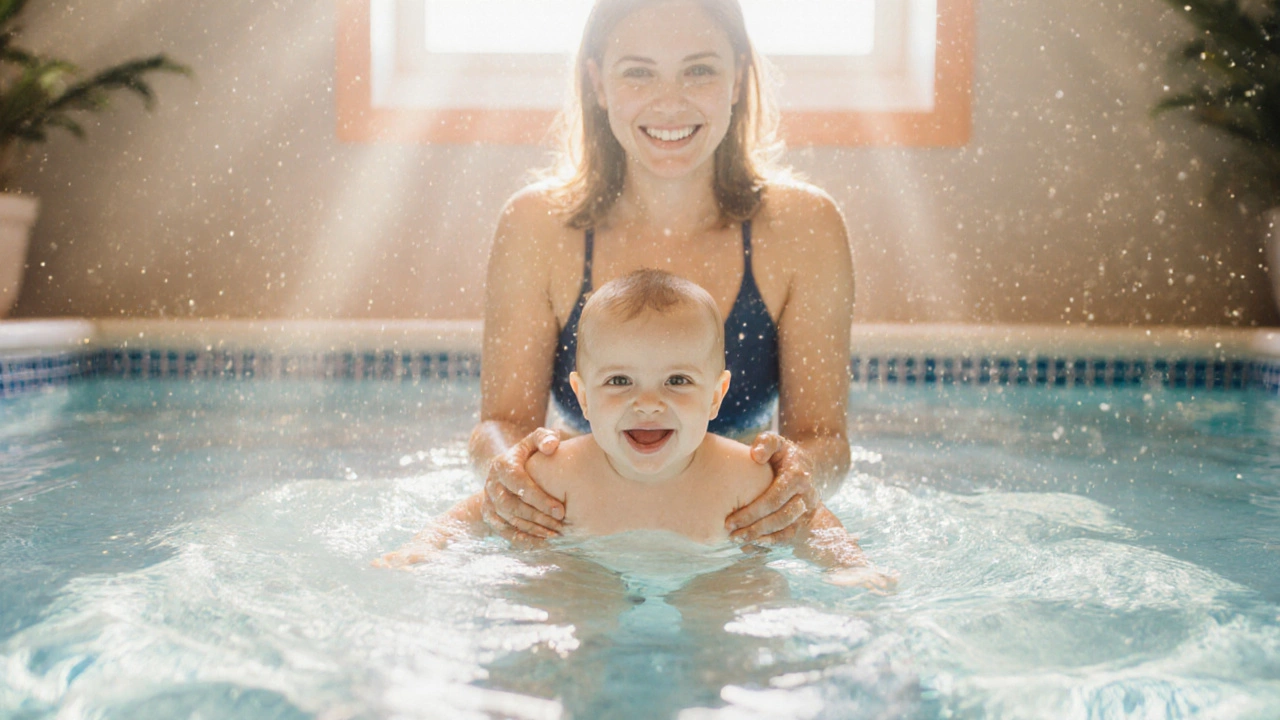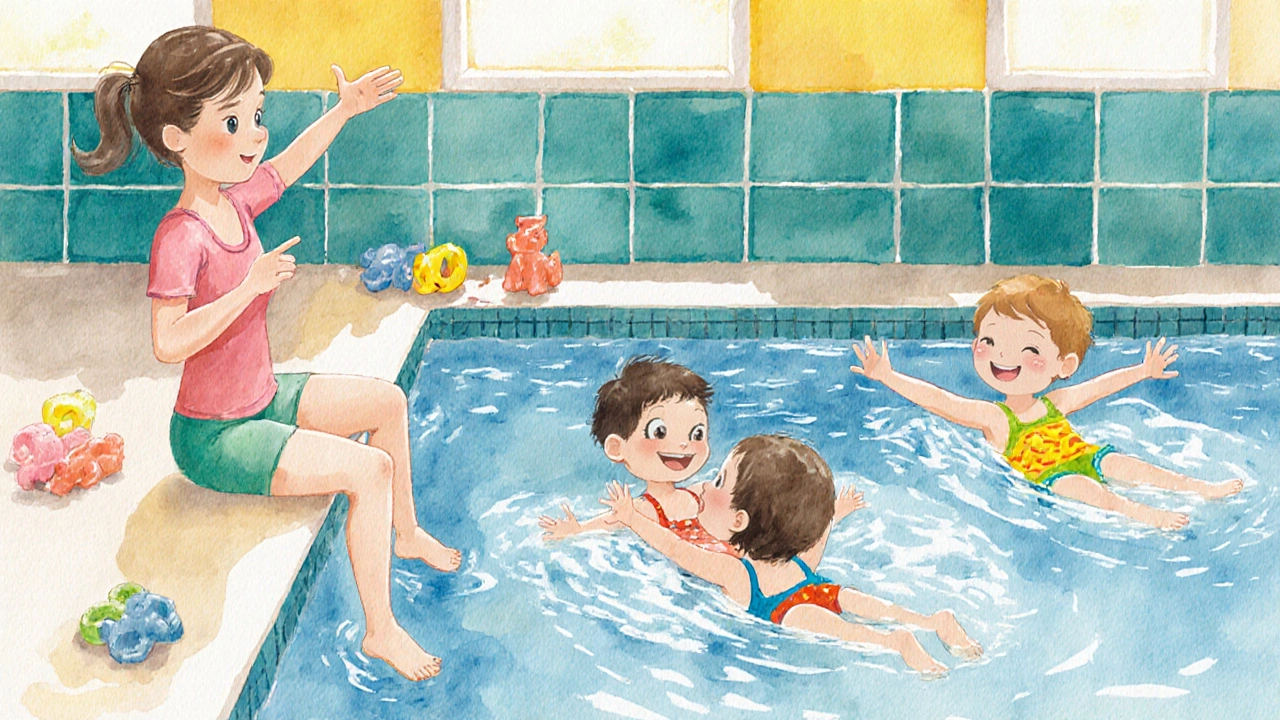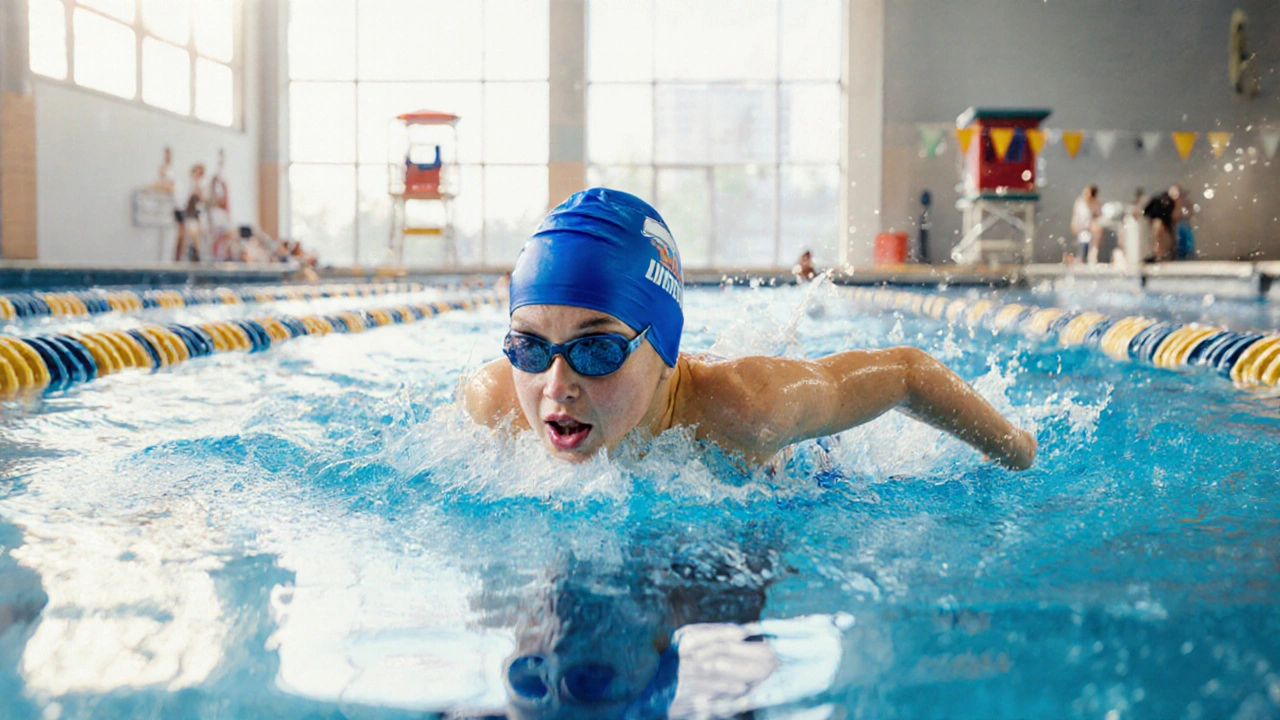What Age Is Ideal for Starting Swim Lessons?

Parents constantly wonder when the best age for swimming lessons actually is. The answer isn’t a one‑size‑fits‑all number; it blends a child’s physical growth, emotional readiness, and the type of class on offer. Below you’ll find a practical guide that walks you through the key milestones, the pros and cons of each age bracket, and how to pick the right program for your youngster.
What "Swimming lessons" actually mean
Swimming lessons structured sessions that teach water confidence, safety skills, and basic stroke techniques to people of all ages range from parent‑in‑water introductions for infants to competitive stroke training for teens. Understanding the spectrum helps you match your child’s stage with the appropriate format.
Why age matters in the water
Kids develop at dramatically different rates. Motor skills, lung capacity, and attention span all shape how quickly they can handle basic aquatic tasks. For example, a 12‑month‑old can learn to hold their breath and enjoy gentle splashes, while a 4‑year‑old can follow multi‑step instructions like “pull the arm and kick”. Aligning lessons with these developmental checkpoints maximises learning and keeps fear at bay.
Age‑group breakdown
Below is a quick snapshot of the four main age ranges most swim schools use. Each column lists typical abilities, the lesson style that works best, and safety notes you should keep in mind.
| Age | Typical abilities | Recommended lesson type | Key safety tip |
|---|---|---|---|
| 6-12 months | Can hold head up, enjoy gentle buoyancy | Infant swim class | Always within arm’s reach of a parent |
| 1-3 years | Starts to kick, can submerge briefly | Toddler swim program | Water temperature around 32 °C (90 °F) to prevent chills |
| 3-5 years | Follows simple commands, can float on back | Preschool group lessons - focus on water safety | Introduce basic breath‑holding drills under supervision |
| 5+ years | Can coordinate arm‑and‑leg movements, understand rules | Skill‑based classes - learn strokes, start lap training | Teach the “stop, think, act” water safety mantra |
How to know if your child is ready
Readiness isn’t just about a birthday. Look for these signs:
- Comfort with water‑play toys or a bathtub.
- Ability to follow two‑step directions (e.g., “stand on the pool edge, then sit”).
- Confidence in splashing and submerging without panic.
- Physical coordination - can they kick or move arms without losing balance?
If your child ticks most of the boxes, it’s a good time to schedule a trial session.

Benefits of starting early
Early exposure to water offers more than just a skill for vacation safety. Child development research shows that regular swim time improves gross motor skills, lung capacity, and even language acquisition because kids learn to follow rhythmic breathing patterns. Moreover, children who learn to swim before age five are statistically less likely to drown - the leading cause of accidental death in kids under ten.
Common parental concerns
Many parents worry that cold water will cause illness, or that their child will be scared. In reality, properly heated pools (around 30‑32 °C for under‑four‑year‑olds) pose no health risk, and gently introducing water through play reduces fear. If your child has asthma or a chronic condition, consult your pediatrician; most can participate with a few adjustments.
Choosing the right class - a quick checklist
- Instructor credentials - look for certifications from the Royal Life Saving Society or similar bodies.
- Class size - fewer than six children per instructor ensures individual attention.
- Curriculum focus - does the program emphasize water safety, stroke fundamentals, or both?
- Facility features - non‑slip decks, clear depth markers, and a warm changing area.
- Parent involvement policy - many infant classes require a parent in the water; ensure you’re comfortable with that setup.

What to expect in a typical lesson
A 30‑minute session for toddlers usually starts with a warm‑up song, followed by a brief splash‑play, then a focused skill like “blowing bubbles” or “floating on back”. The instructor provides constant verbal cues while the parent holds a reassuring hand. As kids progress, lessons shift toward coordinated arm‑and‑leg movements, laying the groundwork for full strokes such as freestyle and breaststroke.
Progression milestones
Here’s a rough timeline of what many children achieve when lessons are consistent (once or twice a week):
- By 9 months - comfortable with gentle submersion and can kick while supported.
- By 18 months - can hold breath for 3‑5 seconds and float with assistance.
- By 3 years - can sit independently on the pool floor, push off the wall, and perform basic arm movements.
- By 5 years - can swim 25 metres using front crawl or backstroke with minimal help.
Every child moves at their own pace, but these benchmarks help you gauge progress and decide when to advance to the next level.
Frequently Asked Questions
At what age can my baby start a swim class?
Most reputable centres welcome infants as young as six months, provided they can hold their head up and enjoy being in warm water with a caregiver nearby.
Do I need to buy a special swimsuit for a toddler?
A snug, one‑piece rash guard works best. Look for fabrics labeled chlorine‑resistant and quick‑dry.
Will swimming affect my child’s ear health?
Occasional exposure is fine, but dry the ears thoroughly after each session to prevent swimmer’s ear. Some pools offer ear‑plug options for younger kids.
How often should my child attend lessons?
Once or twice a week is ideal for steady progress while keeping fatigue low. Consistency matters more than frequency.
What if my child is afraid of water?
Start with play‑focused sessions, let them explore at their own pace, and celebrate any small step forward. A patient instructor can turn fear into curiosity.
Next steps for busy parents
1. Pinpoint your child’s current skill level using the milestones above.
2. Reach out to two local pools, ask about instructor certifications and class size.
3. Schedule a trial lesson - most schools let you observe without committing.
4. Keep a short log of how your child feels after each session. If they’re smiling and eager to return, you’ve likely found the right age and program.
Remember, the “perfect” age is less about a number on a calendar and more about the blend of physical readiness, emotional comfort, and a supportive learning environment. By watching the cues, choosing qualified teachers, and starting with age‑appropriate lessons, you set your child up for a lifetime of confidence in the water.
